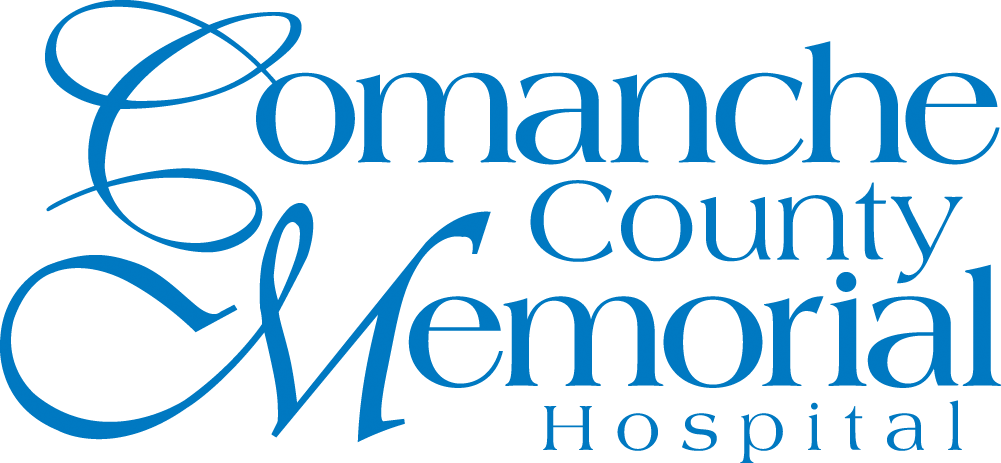February is the month we dedicate as American Heart Month. Throughout February, we would like to encourage you to participate in activities to improve the health of your heart.
The heart is so important because it contains some of the body’s most valuable muscles. These muscles and the valves of the heart keep our blood moving and sustains our lives 24/7. As with all other muscles, we can improve the functionality of the heart with exercise.
Many of us are not fond of exercise, but it is very good for our bodies. Not only does regular exercise just help you live healthier and feel better, but it also helps protect you from the #1 killer in America, heart disease, and it can even add years to your life!
How should you exercise to help the heart?
If you are someone with a medical condition including a heart condition or diabetes, make an appointment to discuss what exercise routine is best in your situation.
If you are new to exercising regularly, start slow. We stick better to routines that are not too vigorous and overwhelmingly challenging. Aim for participating in 30 minutes of exercise each day.
Remember, any movement is good for you. You may be exercising and not even really realize it. As you participate in exercise, the large muscles of your body cause your heart to beat faster which strengthens them.
Don’t participate in an aerobic activity that you do not enjoy. This increases the chances of you abandoning the routine. To impact your heart, find time for moderate aerobic activity most days of the week for a total of around 2.5 hours. If you have a busy schedule, try breaking it into a few 10 to 15 minute sessions.
How does the heart benefit from exercise?
Exercise often leads to weight loss. If you’re overweight, losing even just a few pounds may significantly impact heart health and reduce the risk of heart disease.
Exercise also reduces stress. Stress can contribute to other conditions which are factors in heart disease.
Lower blood pressure is also a positive result of exercise. 30-60 minutes of aerobic activity is recommended to help bring high blood pressure into healthy range.
Lower cholesterol is also a positive benefit of exercise.
What are some heart friendly forms of moderate exercise?
Dancing
Skiing
Yard work
Hiking
Softball
Tennis (doubles)
Swimming
Golfing without a golf cart
Bicycling
Moderate walking (around 3.5 mph)
What are some more vigorous forms of heart healthy exercise?
If you participate in all vigorous activities, aim for 75 minutes of exercise each week to benefit your heart.
Vigorous activities include:
Soccer
Basketball
Tennis (singles)
Cross-country skiing
Brisk walking (about 4.5 mph)
Jogging
Heavy yard work
Stair climbing
Hiking uphill
Bicycling over 10 mph
Jumping rope
How Do I Know If I’m Helping My Heart?
To ensure you are benefitting from aerobic activity and increasing your heart health, track your heart rate. First, determine your resting heart rate. You can do so by counting your heart beats for 10 seconds and multiply that number by six.
Normal resting heart rate for adults is from 60 to 100 beats per minute. A lower resting heart rate is usually the result of more efficient heart function and cardiovascular fitness. A well-trained athlete might have a normal resting heart rate closer to 40 beats per minute for example.
Many factors influence heart rate, and there is a wide range of normal. Nevertheless, an unusually high or low heart rate can indicate a problem. Consult your doctor if your resting heart rate is above 100 beats a minute consistently or if your resting heart rate is below 60 beats a minute and you’re not a trained athlete.
During exercise, your heart rate should increase to about 50 to 85% of your maximum heart rate based on your age. For moderate intensity exercise, your target heart rate should increase to 50 to 70% of your maximum heart rate. For vigorous exercise, your target heart rate should be 70 to 85% of your maximum heart rate.
You can determine what your maximum heart rate should be for your age by viewing this article by the American Heart Association.
When you first start exercising, aim for the lower number for your age range. As your fitness improves, you can gradually aim for the higher number. No matter your age, it’s never too late to make heart health a goal.
If you would like to learn about heart and vascular services offered at CCMH, please visit https://www.ccmhhealth.com/heart-and-vascular/.
Disclaimer
The Comanche County Memorial Hospital website does not provide specific medical advice for individual cases. Comanche County Memorial Hospital does not endorse any medical or professional services obtained through information provided on this site, articles on the site or any links on this site.
Use of the information obtained by the Comanche County Memorial Hospital website does not replace medical advice given by a qualified medical provider to meet the medical needs of our readers or others.
While content is frequently updated, medical information changes quickly. Information may be out of date, and/or contain inaccuracies or typographical errors. For questions or concerns, please contact us at contact@ccmhhealth.com.

